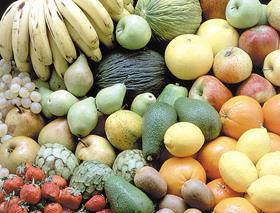
A groundbreaking study on the genome sequence of the spotted wing drosophilia (SWD) fly is expected to accelerate research and lead to better control of the pest.
The genome work, done by the University of California, has been posted on the public access SpottedWingFlyBase web portal.
Joanna Chiu, one of the research leaders, said it could lead to more species-specific weapons to combat the pest.
Chiu told the science website phys.org: 'Many researchers are working hard to study the biology of this insect through basic and applied projects, and we hope our efforts in presenting our genomic data in a user-friendly Web portal will help facilitate everyone's research.”
The sequencing was initially published online in the scientific journal G3 (Genes, Genomics, Genetics) and has generated global attention.
SWD is native to Asia and was first detected in the United States in 2008. It lays its eggs inside ripening fruit, which can damage crop yields.
The news comes as FPJ recently reported that a UK cross-industry monitoring project recently discovered a total of 24 SWD flies across six soft fruit farms. Researchers said the fly seems to be more attracted to wild hosts such as hedgerows, but growers should begin monitoring and control measures as soon as the weather warms up.



